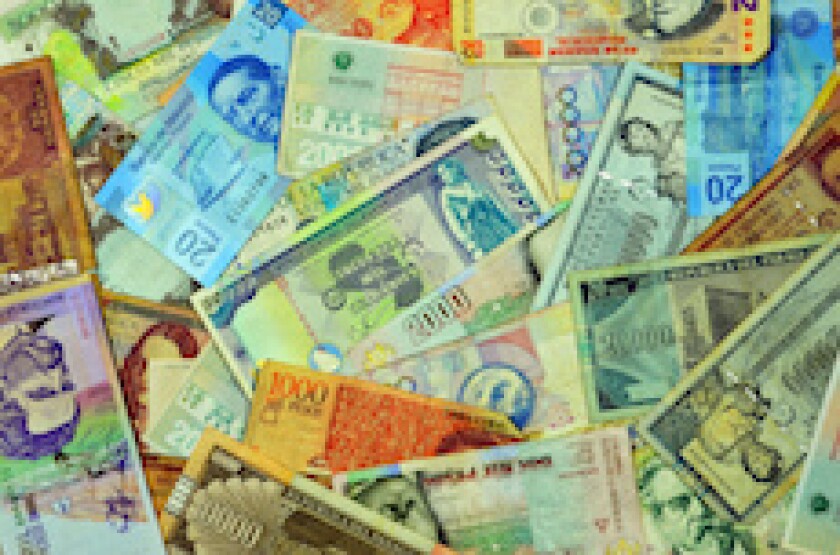MDBs have always issued in niche currencies for arbitrage, with the proceeds swapped into home currencies at a better cost of funds than is available in core currencies. If an MDB wanted to lend in a client’s local currency, the money had to be obtained in the swaps market.
But during 2019, MDB borrowers increasingly raised cash in local currencies and on-lending it directly in that currency, bypassing the difficult and illiquid swaps markets.
Local currency lending means MDBs do not not have to take FX risk on concessional financing, while bringing international investors to a local currency market they fund helps that market’s development.
Meanwhile, investors starved of yield in core markets are happy to take on FX risk for a better return. Rather than lock in low rates at the long end of the dollar and euro curves, they are venturing elsewhere in their hunt for yield.
MTN’s value problem
Low yields in core markets have hurt the MTN market more than most. SSA MTN issuance in sterling, dollars and euros is down from $62.6bn to $48bn year-on-year.
In times of positive yield, investors were happier to sacrifice the few basis points of new issue concession offered in the public market in exchange for an exact asset match for a particular liability.
Now, as every basis point counts, investors are sticking to public markets where, at least, the liquidity on offer means they can jump ship when a better yield comes along.
The result is an MTN market struggling to define itself and offer value to investors. The surge in local currency borrowing for on-lending in the same currency offers a crucial lifeline. At $10.8bn, non-G10 currency MDB MTNs are up by $438m equivalent, compared to last year, and $4bn from 2016, according to Dealogic.
The MTN market is a natural home for esoteric currency deals. Because of the sizes involved, syndicating a benchmark in an emerging market currency is usually impractical. Finding enough investors to make it worthwhile, and clients with the capacity to absorb the lending, are both challenges. Far better to stick to small deals, privately placed with international investors.
Many investors find the prospect of taking EM currency risk, wrapped in triple-A MDB credit risk an appetising prospect, particularly with the yields on offer.
With yields in core markets set to stay low, and local currency issuance from MDBs on the rise, MTN desks must do everything they can to secure as much of the business as possible, making up some of the shortfall from the flagging core markets business.
That will mean looking beyond the French and German insurers and bank treasuries which form the backbone of MTN demand, and looking further afield for funds looking to bolster returns with exotic currency risk.







